Pollinator Trees
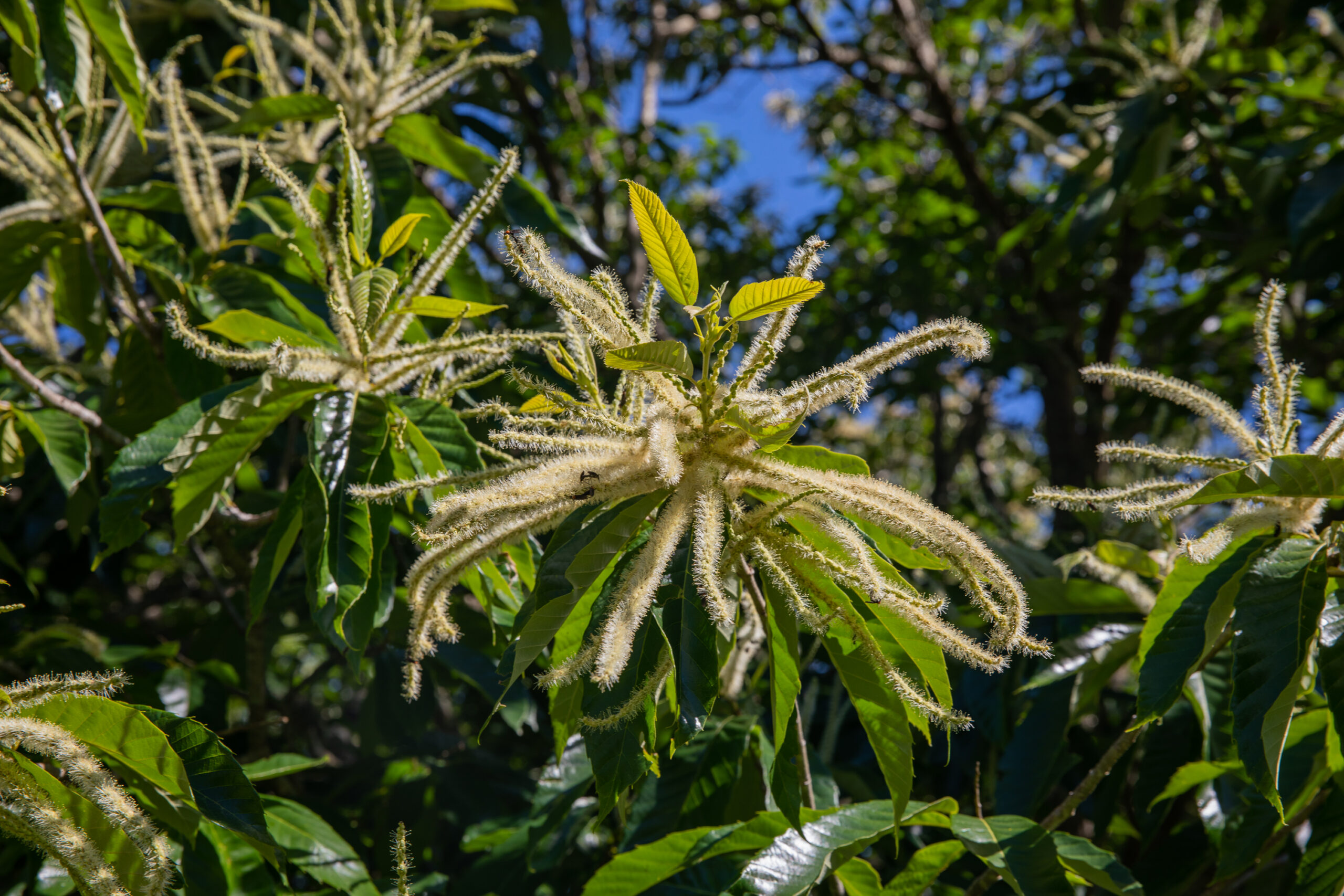
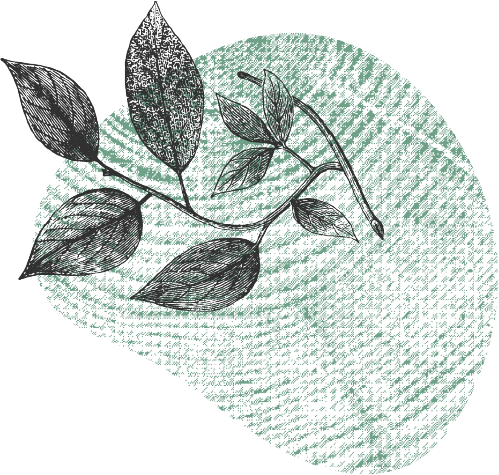
Chestnut flower
Planting orchards of soft and hard mast-producing trees and shrubs is a great method of long-term land enrichment. Once your plants put down roots and begin producing fruit, they’ll continue to attract and hold more wildlife in perpetuity, for your enjoyment now and for generations to come. While the plants need little care and maintenance once established, they can use a little help to be more productive.
Pollination is essential to mast production. The fruits and nuts of all mast species begin as flowers, but to produce seeds, nuts, and fruit, pollen must be transferred between the same species’ flowers. Passive pollen vectors include wind and water, while active vectors or pollinators include birds, insects, bats and other animals that visit the flowers. The more pollination, the more mast, and you can increase production, sometimes dramatically, by attracting more pollinators.
As noted, all mast species produce flowers that will attract pollinators, but sometimes that’s not enough. If pollinators are scarce, some but not all flowers will be pollinated, and the full mast production potential will not be realized. Planting flowering trees and shrubs will attract more pollinators. As a landowner, you can enjoy a beautiful bouquet and fresh fragrance in spring. Your plants will be more productive, and the wildlife you wish to attract will enjoy a more abundant and nutritious crop. The people at Chestnut Hill Nursery understand this, which is why they empower you to enrich your land by offering the very best in both edible and flowering plants and trees.

An Eastern Redbud tree in bloom
Eastern Redbud provides a prime example. Its prolific pink blossoms are considered one of the first signs of spring, and turkey season in much of the eastern United States. It will enhance mast production of early fruit producers like plums, persimmons, blackberries, and raspberries by attracting pollinators. Its smaller size also makes it a great understory tree that provides cover as well. The Redbud also thrives in a wide range of soil types, pH levels, moisture regimes and light levels, making it a versatile pollinator attractant at almost any planting site.
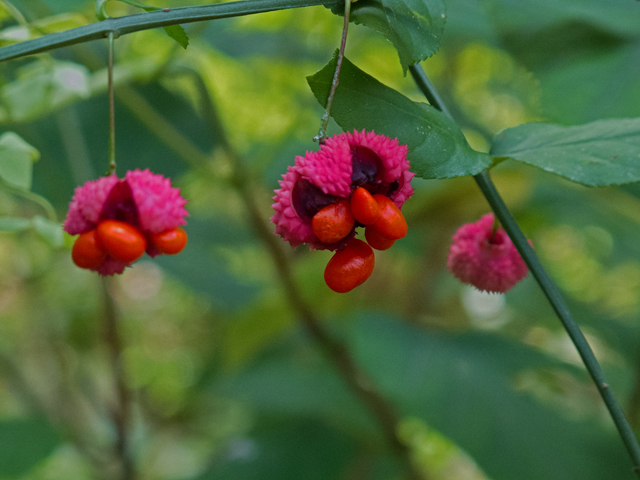
Strawberry Bush
The American Strawberry Bush, also known as Wahoo or Bursting Heart, produces pale lavender flowers. After pollination, they become small capsules that ripen to red, then split open to reveal bright red berries that turkeys and songbirds enjoy as a food source. It can tolerate full shade but thrives in partial shade, making it an ideal understory species in mast orchards. And like the redbud, it will form a dense cover for wildlife.
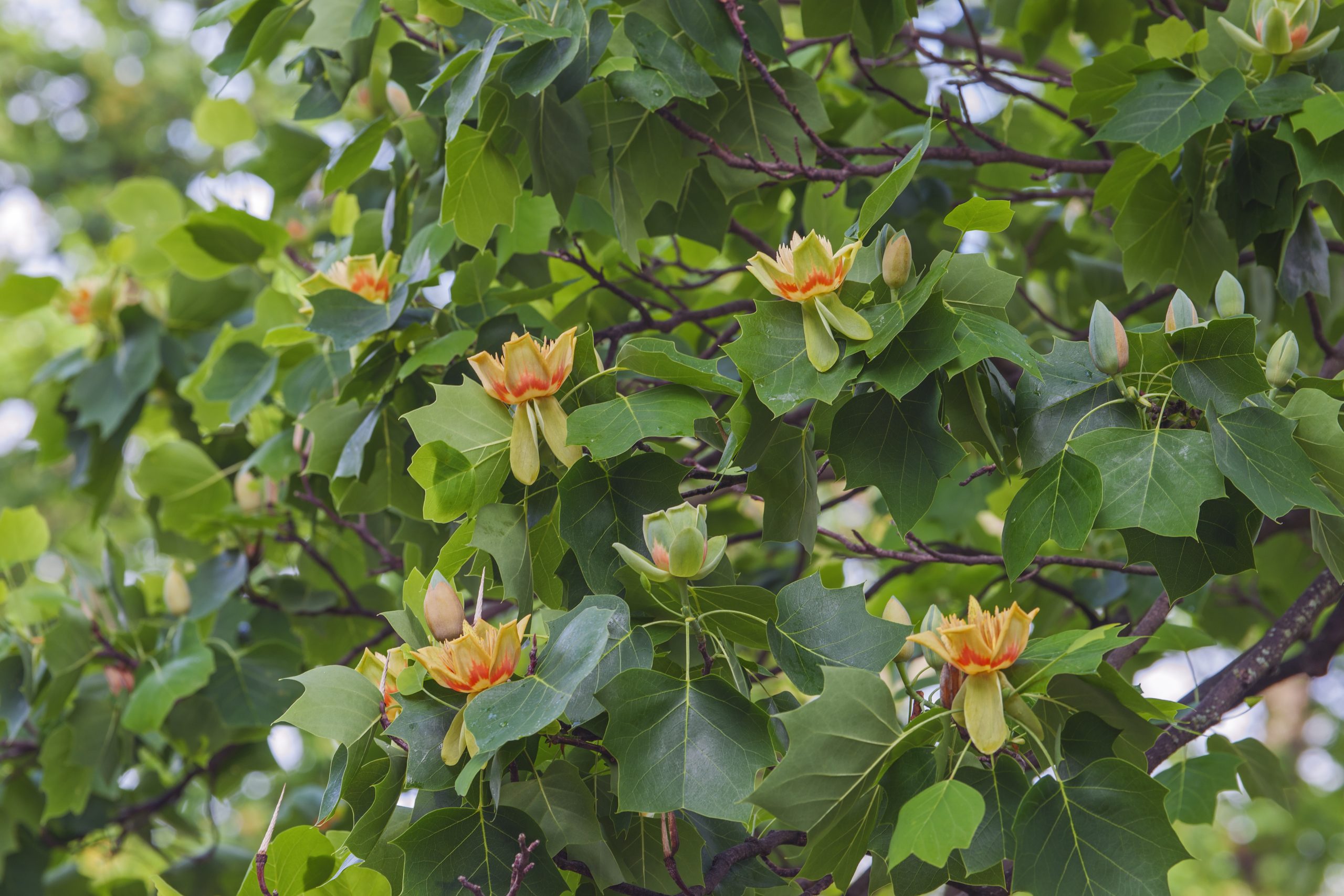
Tulip poplar
Yet another flowering seed producer, the tulip poplar’s nectar also attracts hummingbirds, another important pollinator. Seeds mature in summer and persist into the winter, providing food for a range of birds and mammals, including deer, quail, squirrels and rabbits. A taller species that requires full sunlight, it’s a better option for the perimeter of your mast orchards, particularly in areas of well-drained soils that may lack the necessary moisture for other fruit and nut trees.
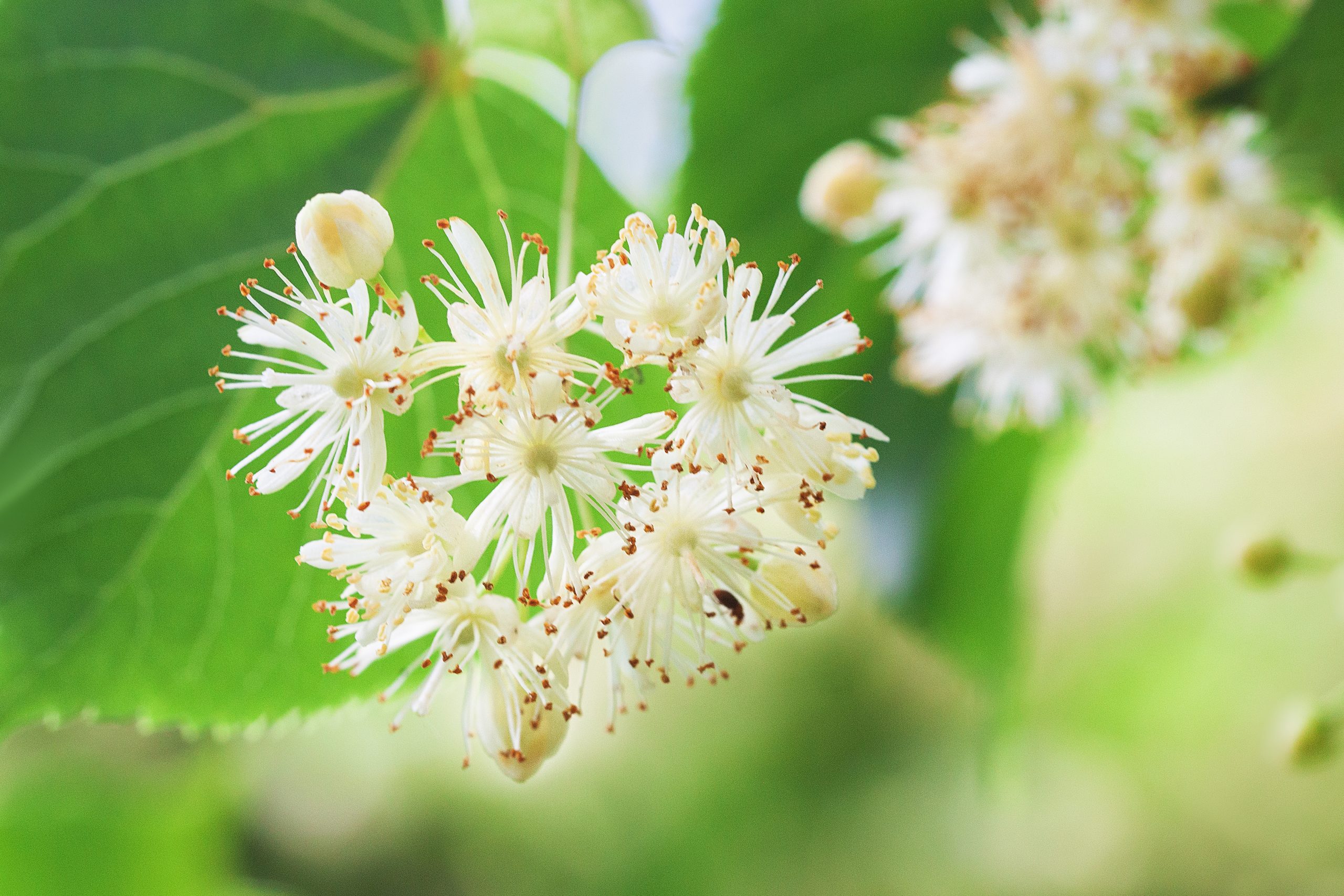
American Basswood flower.
American Basswood is another prolific flower and nectar producer. Besides attracting more bees to your orchards for greater mast production, that nourishing nectar also allows the bees to produce a choice grade of honey. The soft wood of older trees is preferred by cavity-nesting birds like wood ducks and woodpeckers and is a favorite among woodcarvers and decoy makers.
These are just a few examples. Others include Paw Paw, Tulip Poplar, Southern Catalpa, and Sassafras. Each has specific characteristics that make it more suited to different conditions and situations so that you can spread your pollinator-attracting trees around the landscape. Some are understory species that offer cover. Others are edge species that help fill in the ecotone between open mast orchards and mature timber stands. Many also produce seeds, fruits and nuts, further increasing the attractiveness of your land for wildlife.
It’s all about integration. Mast orchards produce fruits and nuts to attract and feed wildlife. Flowering shrubs and trees attract and feed pollinators, boosting mast production while also providing additional seeds and often cover. The end result in enriching the habitat and increasing the carrying capacity of that land is much greater in value than the sum of its parts.


